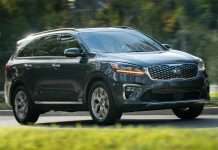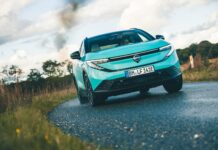Chinese automaker BYD is phasing out its signature rotating touchscreens in favor of fixed, landscape-oriented displays. This shift comes as the company expands integration with third-party apps like Google and Apple CarPlay, aiming to improve user experience and prepare for future autonomous driving technologies.
The Rise and Fall of a Novel Feature
Rotating touchscreens were a key differentiator for BYD during its initial European expansion, setting its interiors apart from competitors with minimalist designs. Found in models like the Dolphin Surf hatchback, these screens could switch between portrait and landscape modes, with portrait optimizing navigation and landscape enhancing access to the full display.
While the feature was praised for its novelty, BYD’s analysis revealed limited real-world usage. Vice-president Stella Li confirmed that user feedback indicated the rotating function wasn’t widely adopted, despite initial enthusiasm.
Prioritizing App Compatibility
The Atto 2 crossover is the first BYD model to launch with a fixed 12.4-inch screen. The company intends to remove the rotating functionality from all future models. Li explained that spinning screens can hinder the performance of third-party apps, particularly those from Google and Apple.
“If [app developers] want to give the best experience, then a rotating screen will limit their apps’ smoothness,” she stated.
This decision reflects a broader industry trend where automakers increasingly rely on external tech companies to provide in-car entertainment and navigation. Seamless integration with popular platforms like Google and Apple CarPlay is now considered more valuable than proprietary features.
Looking Ahead: Autonomous Driving and Tech Partnerships
BYD’s strategic shift also aligns with its long-term goals in autonomous driving. The company plans to deepen partnerships with tech giants to create a more universally compatible user interface. This approach suggests that BYD sees the future of in-car technology as less about hardware innovation and more about software ecosystems.
Ultimately, BYD’s decision demonstrates a pragmatic move towards prioritizing app compatibility and future-proofing its vehicles for autonomous driving. The removal of a differentiating feature may seem counterintuitive, but it signals a clear focus on delivering a smoother, more integrated experience for the majority of its customers.











































